Uji Cha is a special tea from Japan that represents many years of hard work and expertise, making it famous for its great taste. This article will guide you through the lush green tea fields of Uji, where we’ll uncover the secrets that make Uji Cha so unique and delicious, especially the popular kind called matcha. We’ll explore its history and why it’s so important in Japanese culture and even worldwide. You will learn about how it’s grown, the careful craftsmanship involved, and why it is known all over the world as a symbol of exquisite taste and tradition.
What is Uji Cha?
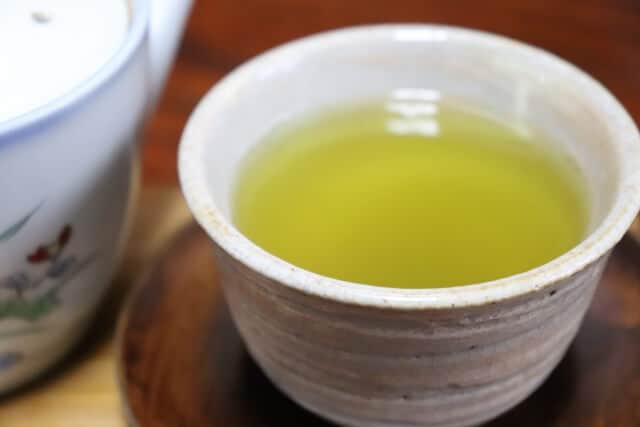
Uji cha (宇治茶) refers to a type of Japanese green tea grown and produced in the four prefectures of Kyoto, Nara, Shiga, and Mie, which have developed together as Uji tea. Uji is renowned for its high-quality tea production and has a long history of cultivating and refining the art of tea.
This tea is highly regarded for its rich and complex flavors and vibrant green color. The region’s unique climate, soil conditions, and traditional tea cultivation methods contribute to the distinctive taste and aroma of Uji green tea. The most famous type of Uji cha is matcha, a powdered green tea used in traditional Japanese tea ceremonies.
In addition to matcha, Uji also produces other types of green teas, including sencha (steeped green tea), gyokuro (a shade-grown green tea), and bancha (a coarser grade of green tea). These teas are known for their high quality, and tea enthusiasts enjoy them in Japan and worldwide.
Uji Cha History
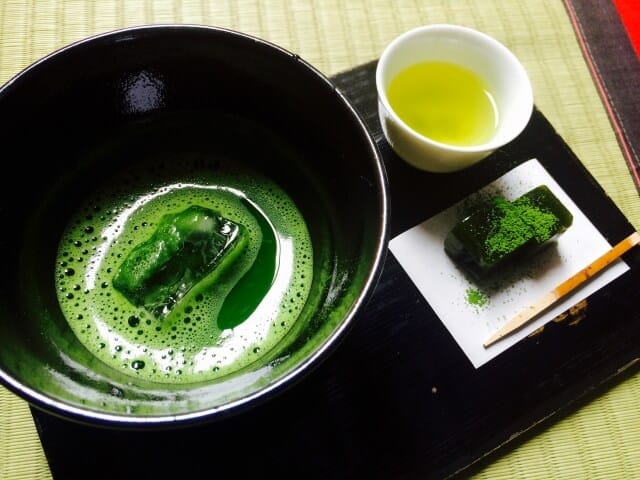
In the early Kamakura period, around 1207, Eisai Myouan, a monk who introduced the custom of drinking tea in Japan, brought tea seeds back from the Song dynasty and sent them to Myoe in a ‘Han persimmon teapot.’ Myoe planted these tea seeds first in Fukase, near Kozan-ji Temple in Toganoo, north of Kyoto, and later in Uji. By the middle of the 13th century, tea cultivation was well underway in the Uji region, with the establishment of tea gardens like Komatsu in Byodo-in Temple and Nishiura in Kohata. This era also saw the popularity of a tea-related game called “Tocha,” where people competed by distinguishing different teas from various production areas.
During the period of the Northern and Southern Courts and into the Muromachi period, Uji tea gained prominence. In 1374, the term ‘Uji cha’ appeared for the first time when Nobuaki Toyohara presented it to the priest of Kakuoin in “Shinshuki.” In the later Nanboku-cho period, Uji tea was second only to Togao tea. However, under the patronage of Yoshimitsu Ashikaga, Uji tea experienced significant development, and it continued to thrive until the mid-15th century.
The Kambayashi family played a central role in the tea industry during this time. In the late Edo period, Soen Nagatani introduced the Uji tea manufacturing method, reviving Uji as a production area for sencha.
After the Meiji era, Uji tea became an important export product, mainly to the United States. The Kyoto Prefectural Tea Industry Association Control Office was established in 1884 to improve the tea industry. In 1961, they established the Uji tea registration mark, and in 1981, built the Kyoto Prefectural Tea Industry Center in Uji City. Tea production in Kyoto Prefecture remained stable at around 3000 tons since the late 1960s.
Various uji cha
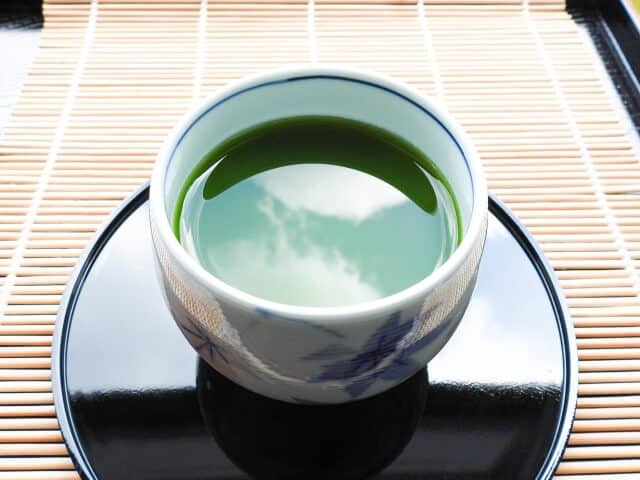
Kabusecha
Kabusecha is sometimes written in kanji as “Kancha”. This term refers to tea grown by covering the tea garden with straw or cheesecloth for about a week (cover cultivation) to block sunlight.
Gyokuro
When two or three new buds begin to open, the tea garden is covered with reeds and straw for about 20 days (cover cultivation) to block sunlight and the tea grown becomes Gyokuro. Similarly, there is “Kabusecha (crown tea),” which is a type of green tea locals cultivate undercover. But the cover period for Kabusecha is about one week, which is shorter than for Gyokuro.
Tencha
Like Gyokuro, the raw material is fresh leaves (Ichibancha) grown in a tea garden covered with reeds and straw (cover cultivation) to block sunlight. But after steaming, they dry the leaves without rolling them, including the stems, veins, etc.
Matcha
“Matcha” is made by grinding tencha with a stone mill just before shipping.
Sencha
They used the tea that they exposed to sunlight from the time it sprouts until they picked them. The manufacturing process from tea picking is similar to that of Gyokuro, and it accounts for the majority of Japanese tea.
Bancha
After picking the first tea, they trimmed the tea garden and the leaves are steamed and left to dry in the sun. Also called Kyoto bancha.
Senryu (senryu)
This tea does not fit in sencha or kabusecha because of its large sprouts.
Health benefits of Uji Cha
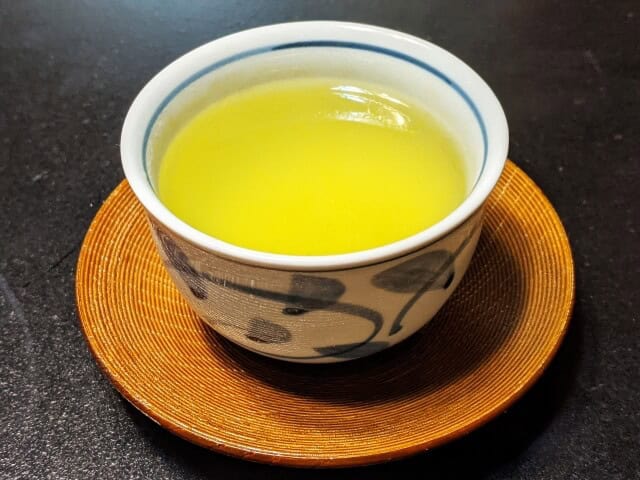
Uji Cha, like other green teas, offers various potential health benefits attributed to its rich content of antioxidants, vitamins, and unique compounds. These benefits include antioxidant-rich catechins, such as EGCG, which combat free radicals, potentially reducing the risk of chronic diseases. Uji Cha may also aid heart health by lowering LDL cholesterol and supporting weight management through increased metabolism and fat oxidation. Additionally, its caffeine-L-theanine combination enhances mental alertness, while promoting mood improvement and stress reduction. Uji Cha’s natural fluoride and tannins contribute to oral health, aiding in tooth and gum protection, while its potential benefits extend to digestive health, anti-inflammatory effects, cancer prevention, skin protection, blood sugar regulation, and liver support.
Uji Cha FAQ
- What is the significance of Uji in the Japanese tea ceremony?
Uji’s significance in the Japanese tea ceremony is in its historical role as a birthplace of tea culture, renowned matcha production, and influential tea masters. It embodies cultural heritage, offering ceremonial venues like Byodo-in Temple. Uji’s matcha symbolizes refinement and adherence to the ceremony’s principles.
- Are there any special events or festivals related to Uji Cha in Japan?
The home of green tea in Japan, the small town holds a traditional tea-jar opening ceremony on the first Sunday in October each year. Located just between Kyoto and Nara, Uji has long been famous for producing high quality green tea.
How Japanese create Uji Cha?
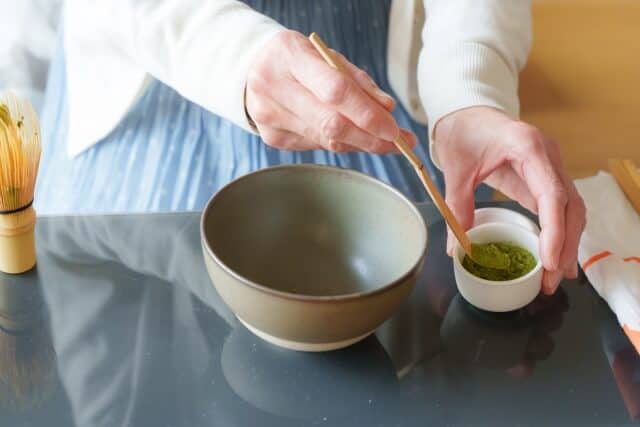
Locals steamed the withered leaves to halt oxidation. Steaming is a critical step that preserves the tea’s vibrant green color. It locks in its fresh, grassy aroma and flavor.
Then, they will roll these steamed leaves to shape them and break down their cell walls. Releasing the natural juices and flavors. They done it by hand or using mechanical rollers, depending on the tea’s intended quality.
The rolled leaves are spread out and dried to reduce their moisture content further. This helps in preservation and prevents the growth of undesirable microorganisms.
For matcha production, the tea leaves go through an additional step called “tencha production.” Locals will then destemmed and deveined the leaves, leaving only the tender leaf parts. These leaves are then ground into a fine powder to create matcha.
Throughout the production process, they will carefully sorted and graded the leaves based on various criteria, including leaf size, color, and quality. The highest grades are reserved for ceremonial matcha.
Where to buy Uji Cha?
Fukujuen Uji Cafe (福寿園 宇治茶亭)

Their uji matcha here has a bittersweet taste. You can stir the tea with a tea whisk to make your own matcha. From the second floor, you can see the Uji River. You can enjoy a relaxing cup of tea under the sun.
Kanbayashi Shunmatsu Main Store (上林春松本店 直営小売店)

Founded 450 years ago, Uji’s long-established shop “Kanbayashi Shunsho Main Store”. A 3-minute walk from Uji Station. The store has an eat-in space and a courtyard. Warm matcha and sweets are an exquisite combination! The matcha is strong, but the aftertaste is refreshing. In addition to matcha, you can also purchase tea leaves such as gyokuro, sencha, and the familiar Ayataka in the store.
Takumi no Yakata (宇治茶道場 匠の館)

About 3 minutes on foot from Keihan Uji Station. At Ujicha Dojo Takumi no Yakata, a Japanese tea instructor will teach you how to brew tea. They will guide you carefully, so even those who are making tea for the first time can feel at ease. They serve the “Uji Matcha [Tonoshima] Set”. With easy instructions, you can enjoy the finest matcha.
Takeaway
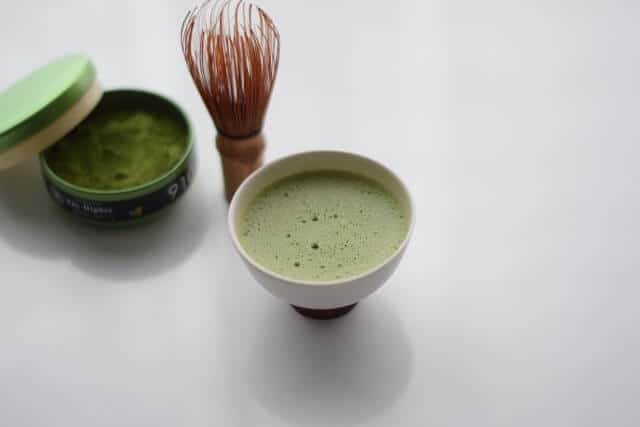
From its historical roots to its modern-day appreciation, Uji Cha embodies the essence of tradition and refinement. Uji tea is more than just a beverage; it is a symbol of harmony, respect, and the enduring spirit of craftsmanship. With each sip of Uji Cha, you partake in a tradition honed to perfection. Offering not only a delightful taste but also a window into the rich tapestry of Japanese heritage.
You can check some Japanese tea drinks below that we know you would like to try too.
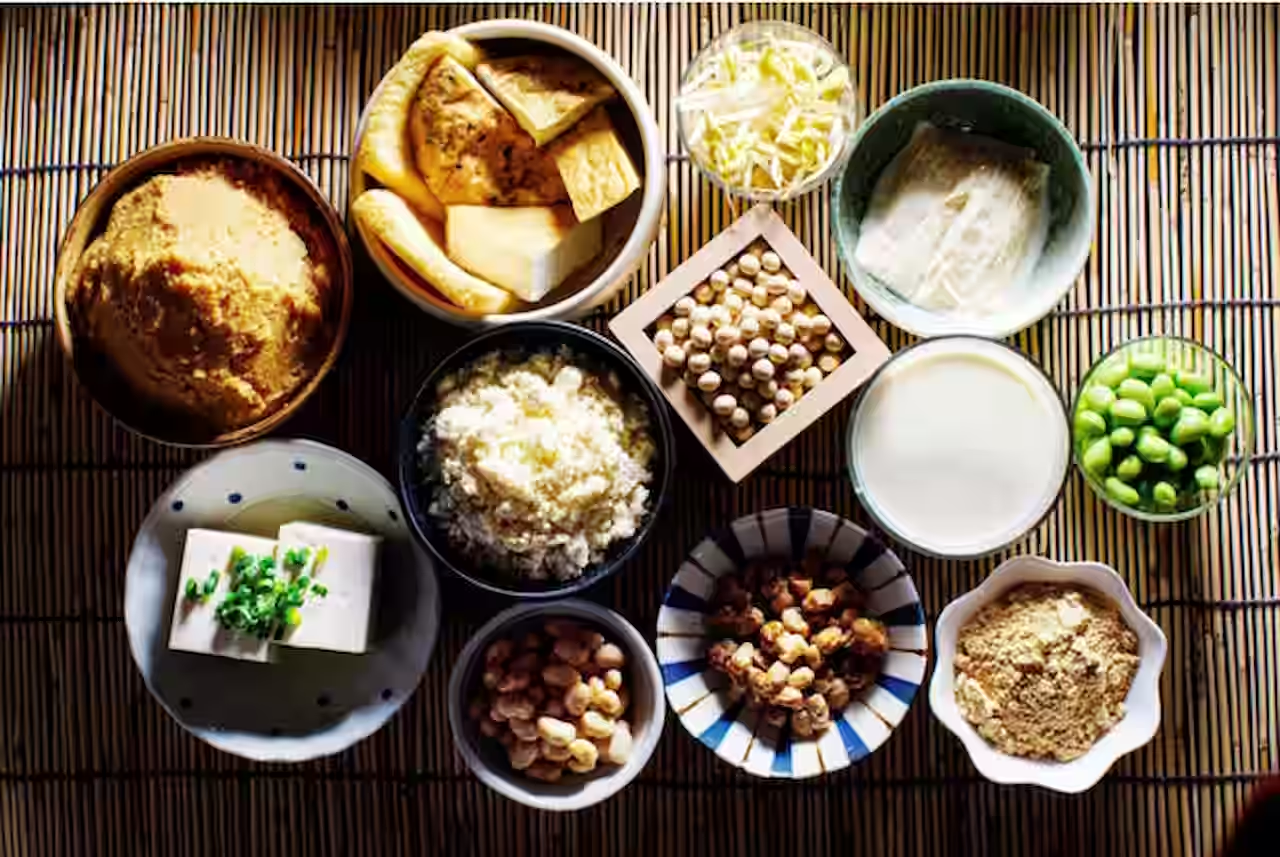





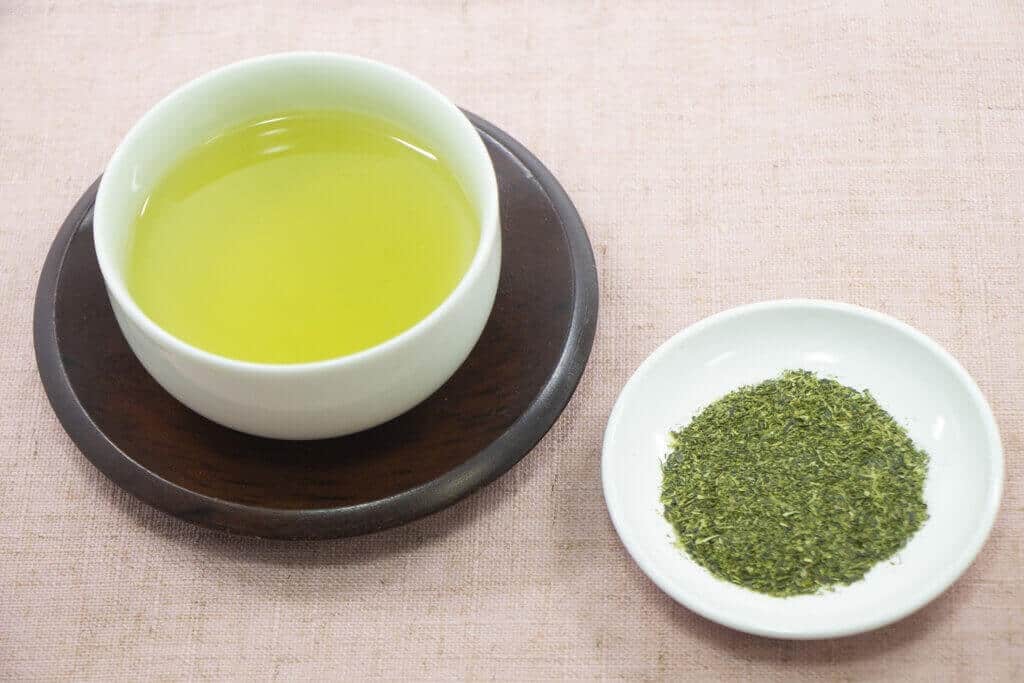
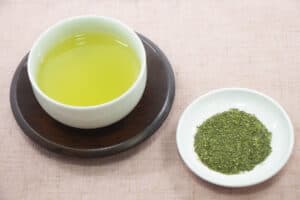
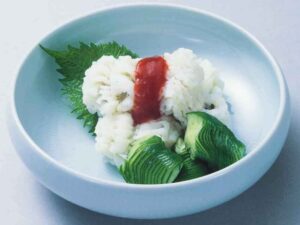
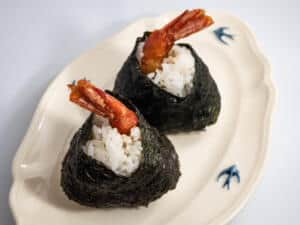
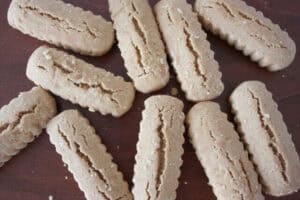

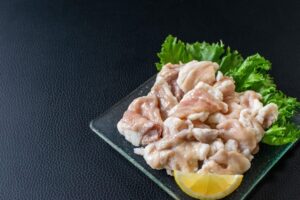
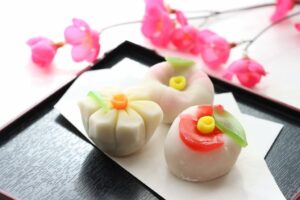
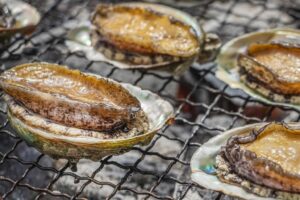
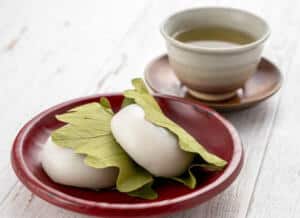
Comments